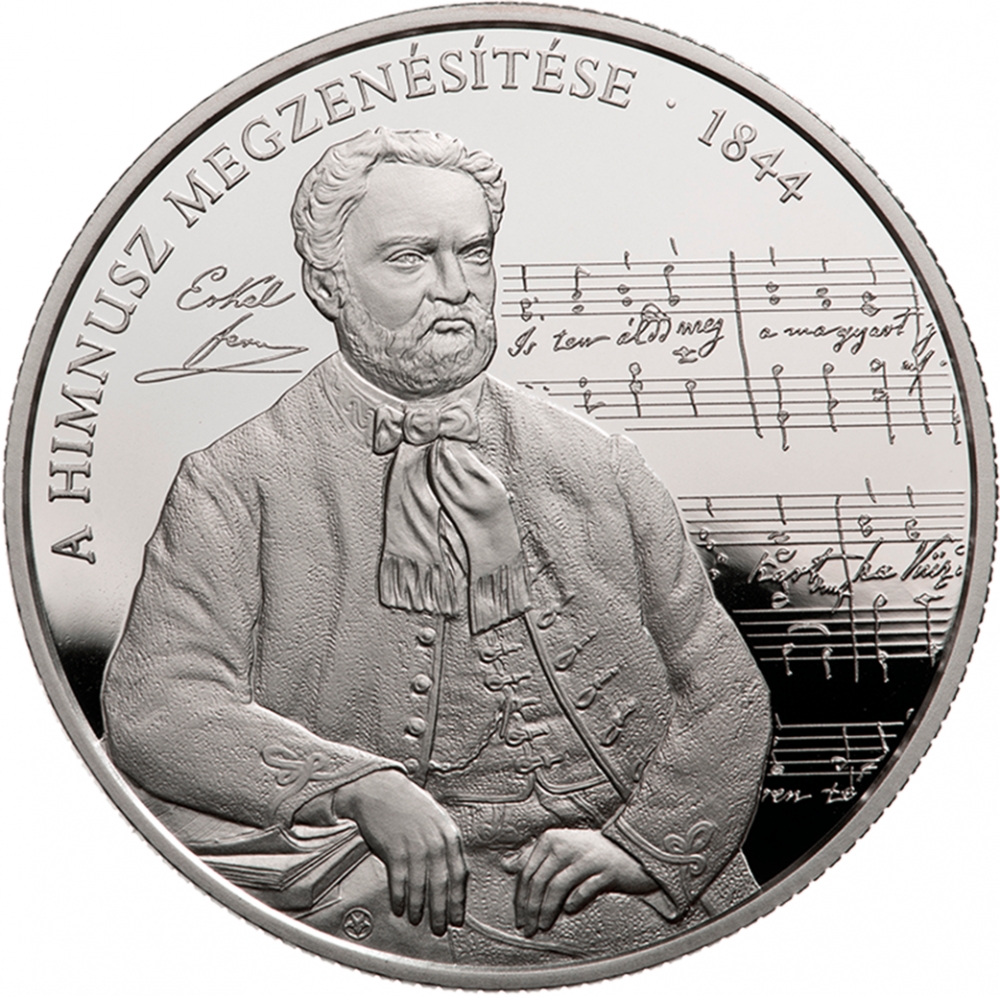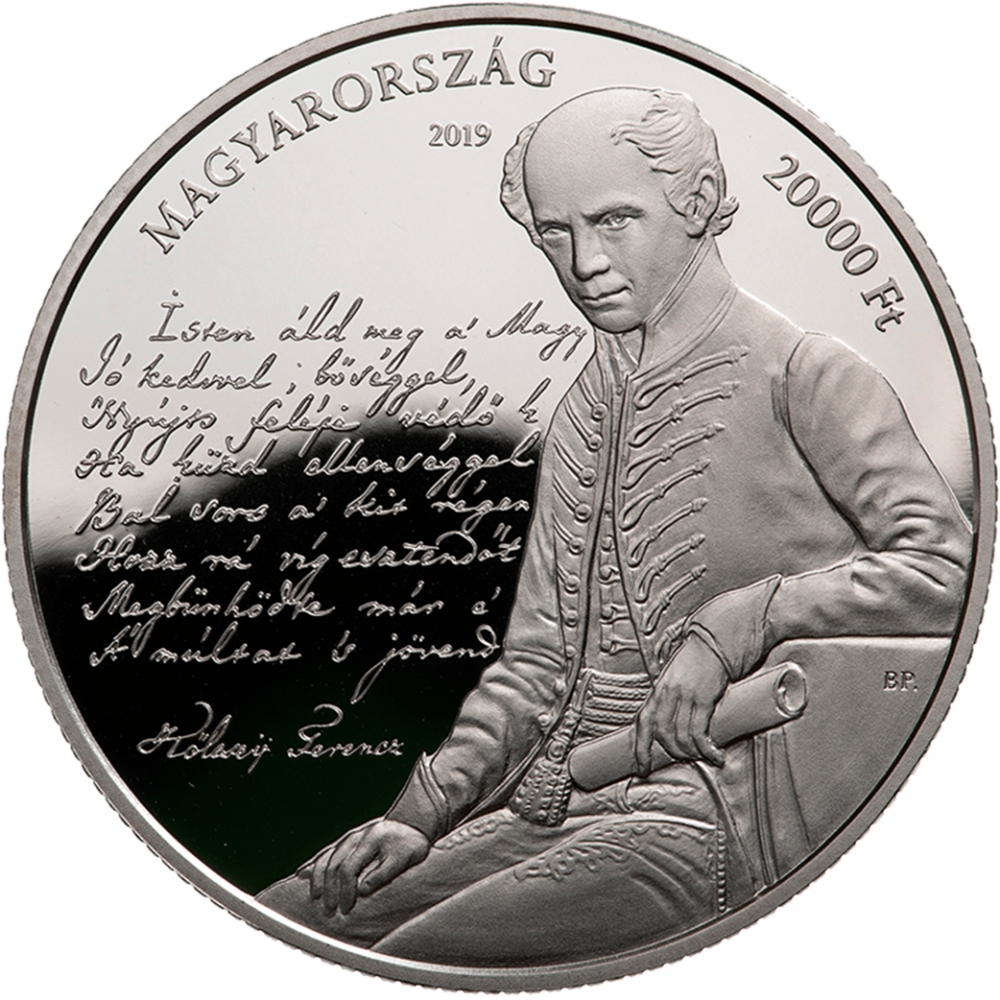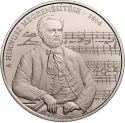You are about to finish your registration. Please check your mailbox (including spam folder). There should be a letter with a confirmation link. Check setting to make sure that your e-mail address is correct.
Send letter againDescription
In 1823, Ferenc Kölcsey wrote his patriotic masterpiece, "Hymnus, a' Magyar nép Zivataros századaiból" ("Hymn, from the Stormy Centuries of the Hungarian People"). In 1844, the National Theatre held a competition to set this poem to music. Ferenc Erkel, the Theatre's conductor, won with his entry, submitted under the motto "Itt az írás, forgassátok/Érett ésszel, józanon" ("Here is the writing, turn it with mature reason, soberly"). His success was due to the beautiful blend of grandeur and melodic simplicity, incorporating Hungarian and European musical traditions.
The Hymn was officially designated as Hungary's national anthem by the 1989 Constitution. Article I of the Fundamental Law, effective January 1, 2012, states: "Hungary's national anthem is the poem 'Hymn' by Ferenc Kölcsey, set to music by Ferenc Erkel."
Engraver: Gábor Kereszthury
Obverse

|
Depicts a half-length portrait of Ferenc Erkel. In the background, to the left, there is a detail of Ferenc Erkel's signature, and to the right, a fragment of the original sheet music of the hymn. Along the edge, at the top, in a curved inscription shifted to the left, the inscription "THE MUSICAL SETTING OF THE HYMN • 1844" is visible, while at the bottom, integrated into the portrait depiction, the engraver's privy mark is placed. A HIMNUSZ MEGZENÉSÍTÉSE • 1844 |
|---|---|
Reverse

|
Depicts a half-length portrait of Ferenc Kölcsey. To the left of the portrait, a fragment of text from the original manuscript of the hymn – the first stanza – is visible, beneath which Kölcsey Ferenc's signature can be seen. Along the upper edge in a semi-circular inscription, to the right, the inscription "HUNGARY," and to the left, the denomination and the "Ft" (Forint) symbol, while below the semi-circular inscription, in the center, the year of issue "2019" is displayed. Integrated into the portrait depiction, the mint mark "BP." is placed. MAGYARORSZÁG 20000 Ft |
| Edge |
Related coins
175th Anniversary of the National Anthem of Hungary



